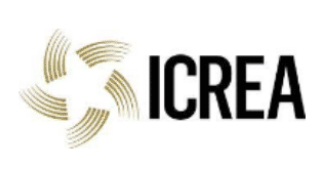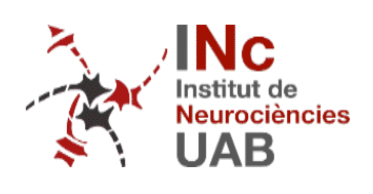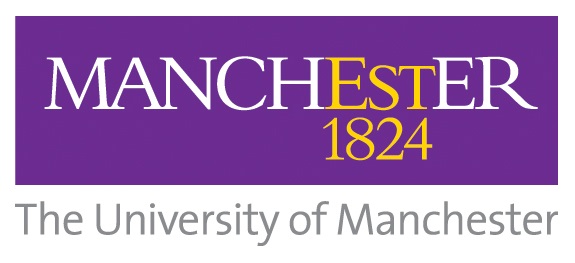Journal of Materials Chemistry B, in press
Engineering of a graphene oxide-based 2D platform for immune activation and modulation
Nanoscale-based tools for immunomodulation are expected to offer more targeted andsafer approaches to achieve clinically effective manipulation of the local and systemic immune environment. In this study, we aimed to design nanoscale constructs based on graphene oxide (GO) nanosheets as two-dimensional (2D) platform carriers for the TLR7/8 agonist Resiquimod (R848). The physicochemical properties, molecular quantification, as well as proof-of-concept biological activity of the complex were systematically investigated. We hypothesized the formation of the GO:Resiquimod nano-constructs due to the strong π-π interactions between the R848 molecules and the GO surface, and identified that R848 loading efficiency ranged around 75%, quantified by HPLC and UV-Vis. The 2D morphology of the thin nanosheets was retained after complexation, determined by various (AFM and SEM) microscopic techniques. Based on the surface physicochemical characterization of the complexes by Raman, FTIR, XPS, and XRD, the formation of non-covalent interactions among the GO surface and the R848 molecules was confirmed. Most importantly, GO:R848 complexes did not compromise the biological activity of R848, and effectively activated macrophages in vitro. Collectively, thin GO sheets can act as platforms for the non-covalent association with
small TLR7/8 agonist molecules, forming stable and highly reproducible complexes, that could be exploited as effective immunomodulatory agents.








